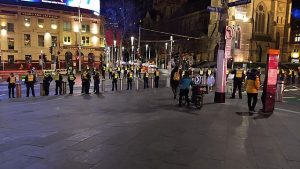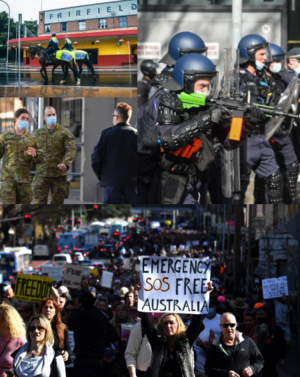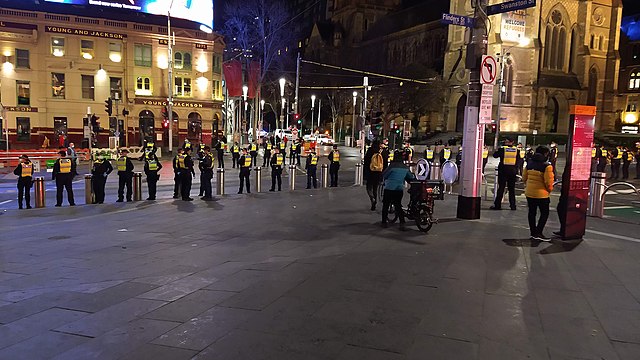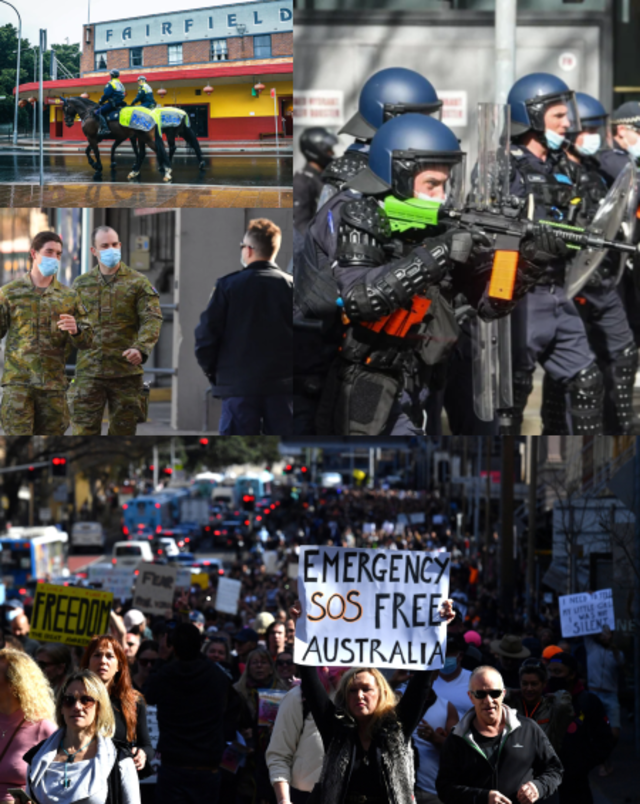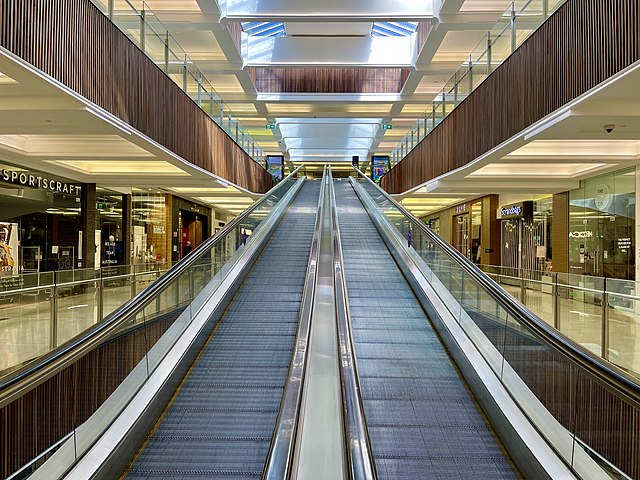Severe lockdown in Australia
How COVID is being handled in other countries
As the COVID-19 pandemic plagues the world, governments continue to issue restrictions and lockdowns. One of those countries is Australia, and it is home to what many consider the harshest ever lockdown. This is due to the rising cases of Covid-19 in the country. Where at first Australia had almost no amount of COVID-19 in the country, the numbers are rising, while still holding comparatively low with approximately 1,000 deaths and 60,000 covid cases (The Hill,13 September). In the city of Melbourne, stay at home orders are in effect. Unless it is for essential services like groceries, caregiving, etc., people are to stay home. The Australian government has brought the military in to help police enforce the COVID-19 lockdown. This is responding to the emergence of the Delta variant, which has infected around 3,000 people since it was found in Sydney in June. It is likely that this lockdown will last until September 23 (BBC, 30 July).
While some may view this as necessary, others have criticised the Australian government for this lockdown. This has certainly been seen with the protests against this lockdown. On August 21, in Melbourne, the police broke up crowds of 4,000 people. In Victoria state, the police said that they arrested 218 people in the state capital (Reuters, 21 August). One mayor, Steve Christou, criticized the lockdowns stating “They can’t afford to pay the mortgage, the rent, the food or work. Now to throw out the army to enforce lockdown on the streets is going to be a huge issue to these people” (BBC, 30 July). Overall this is a very controversial issue and it looks like it isn’t going away any time soon.
UPDATE
On September 26, Daniel Andrews, state premiere, said restrictions are to ease on Tuesday, September 28, at 11:59 p.m (The Urban List, 27 September). This ties in with projections that show that the state will be at an 80 percent vaccination rate at that date. This easing of restrictions allows farther travel distance from personal households. It also allows for outdoor golfing to be allowed but limited to five vaccinated people per group and partially or non-vaccinated individuals can only form groups of two. Personal trainers are allowed to operate outdoors with groups of five people (The Urban List, 27 September).
Your donation will support the student journalists of Roseburg High School. Your contribution will allow us to purchase equipment and cover our annual website hosting costs.

